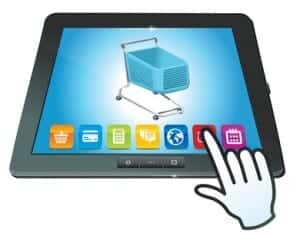
If you sell anything online you want people to be more impulsive than planned. That’s because decision-making online happens at lightning speed, so if you hit that emotional trigger rather than the person’s analytical head, then clicking that “Buy Now” button becomes much more likely.
However, new research shows that most impulse buys in the UK happen after 7pm and almost two-thirds of those impulse purchases happen on a mobile device. It seems that there something about slimmed down mobile websites that make people more conducive to buying on impulse. There is a clue in the words “slimmed down” by the way…!
But the issue for business owners is two-fold. Are your websites which sell products and services available in mobile friendly form? If not, you are missing out on those impulse sales. And what about the timing issue? Most of those impulse sales are when people are at home in the evening. What if they have questions? What if they need some kind of quick answer? What if they want options that you only make available via a telephone call? Sorry – you’ve missed out on that impulse purchase if your site does not completely fulfil their requirements outside the normal working day.
These people will not revisit you tomorrow – they are in “impulse” mode, which means they will buy right now, but not later. It suggests that whatever you are selling online your site has to be “impulse ready”.
